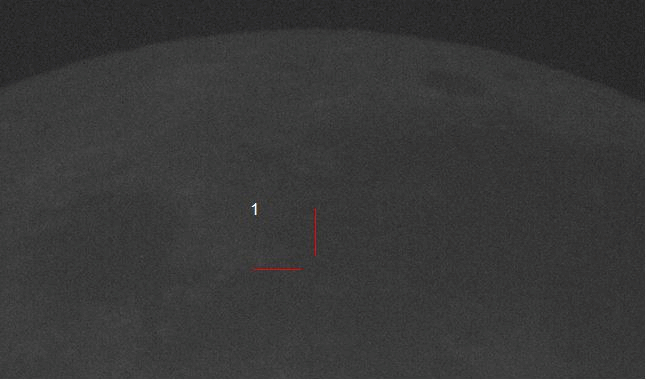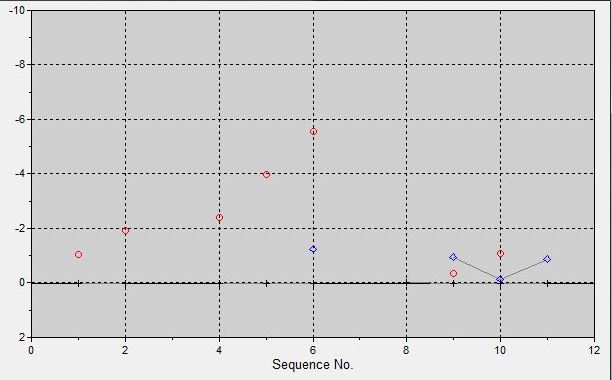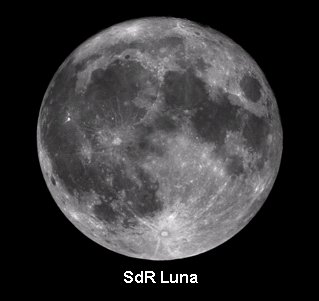Candidates recorded Impacts
| Riga 28: | Riga 28: | ||
===== The light curve of the flash obtained with MaxIm DL5 software ===== | ===== The light curve of the flash obtained with MaxIm DL5 software ===== | ||
| + | |||
| + | <br> | ||
<br> | <br> | ||
---- | ---- | ||
| + | |||
| + | <br> | ||
<br> | <br> | ||
Versione delle 11:42, 5 feb 2017
First Candidate Lunar Impact record by SdR Luna UAI
In the animated image it is visible the sequence of impact flash, with the peak in the frame 2 and in decreasing luminosity in the frame 3
On 12 March 2016 at 18h 33m 02s UT the members of Section Bruno Cantarella and Luigi Zanatta (Melazzo, AL, Italy, 44°39'25" North, 8°25'52" East) has recorded the first flash of impact of one meteoroid on the Lunar surface. The observation and the record has been made with one unique Newton telescope 200/1000 at f/5 with astronomical videocamera ZWO mod. ASI 120MM with a frame rate of 25 fps and image's resolution of 1024 X 600. Currently the Candidate Impact has been not confirmed by others indepedents observers. After the send of observatives data by the Lunar Impacts Project's Coordinator to NASA's Marshall Space Fligth Center, the American Team has valued in positive mode the obtained result and has classified the flash as Candidate Lunar Impact n° 28 in the list of Independent Observers. Also has been made by Dott. Alessandro Marchini Responsible of Astronomical Observatory of the University of Siena (Italy) a first light curve of impact flash that at the moment of the luminosity peak has been 250 units more bright than lunar surface around at the impact zone. The phenomenon it is lasted 0.08 seconds (1/12 sec.), and the impact zone has been detected at the selenographics coordinates of 39.9° West and 8.0° South +/-0.2°, in the southern zone of Oceanus Procellarum, and more precisely to South-West of the crater Wichmann B.
The sequence of the impact flash obtained with analysis software LunarScan 2.00
The light curve of the flash obtained with MaxIm DL5 software



